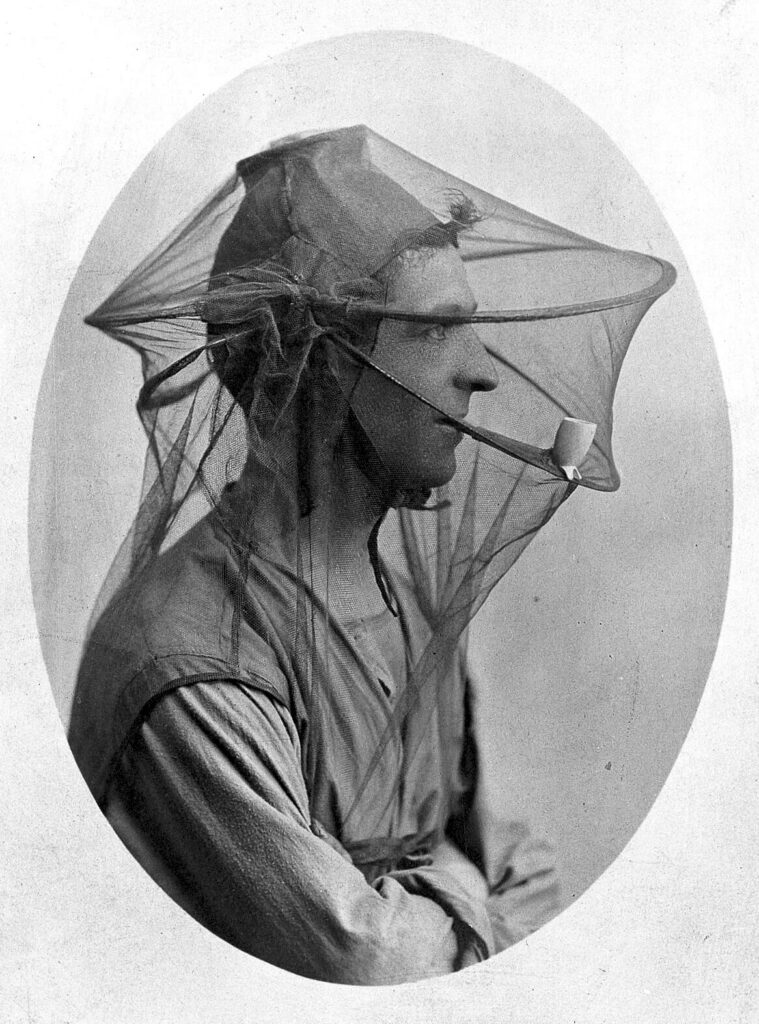Curated by Beatriz Colomina, the Sick Architecture exhibition gathers examples from across modern history of how buildings can heal us — or make us sick.
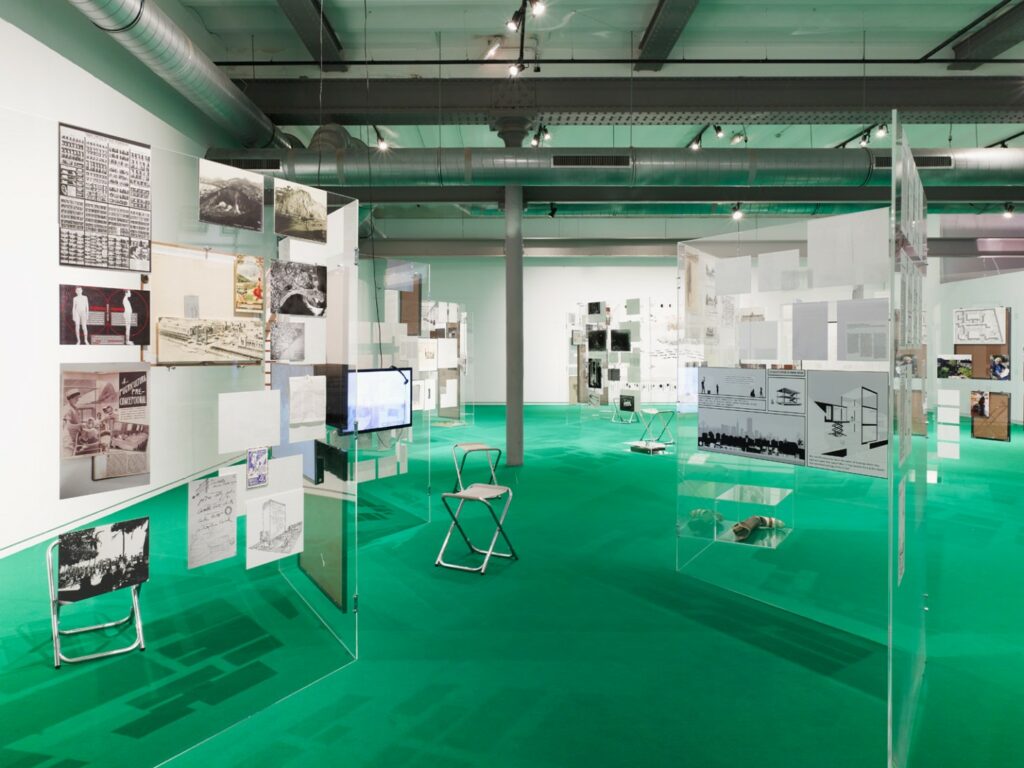
Architecture and sickness are tightly intertwined. Architectural discourse always weaves itself through theories of body and brain, constructing the architect as a kind of doctor and the client as patient. Architecture has been portrayed as both a form of prevention and cure for thousands of years.
Practical info
„Sick Architecture“
May 6 – August 28, 2022
CIVA Brussels
Rue de l’Ermitage 55, 1050 Ixelles
Belgium
Health is supposed to be the main goal of the architect, as Vitruvius already insisted in the first century BC. Yet architecture is also often the cause of illness, from toxic building materials to sick building syndrome. Architecture itself has become sick. With Sick Architecture, guest curator Beatriz Colomina, Silvia Franceschini (curator CIVA) and Nikolaus Hirsch (CIVA’s artistic director), highlight a topic that has shaped our lives since the outbreak of the COVID-19 pandemic.
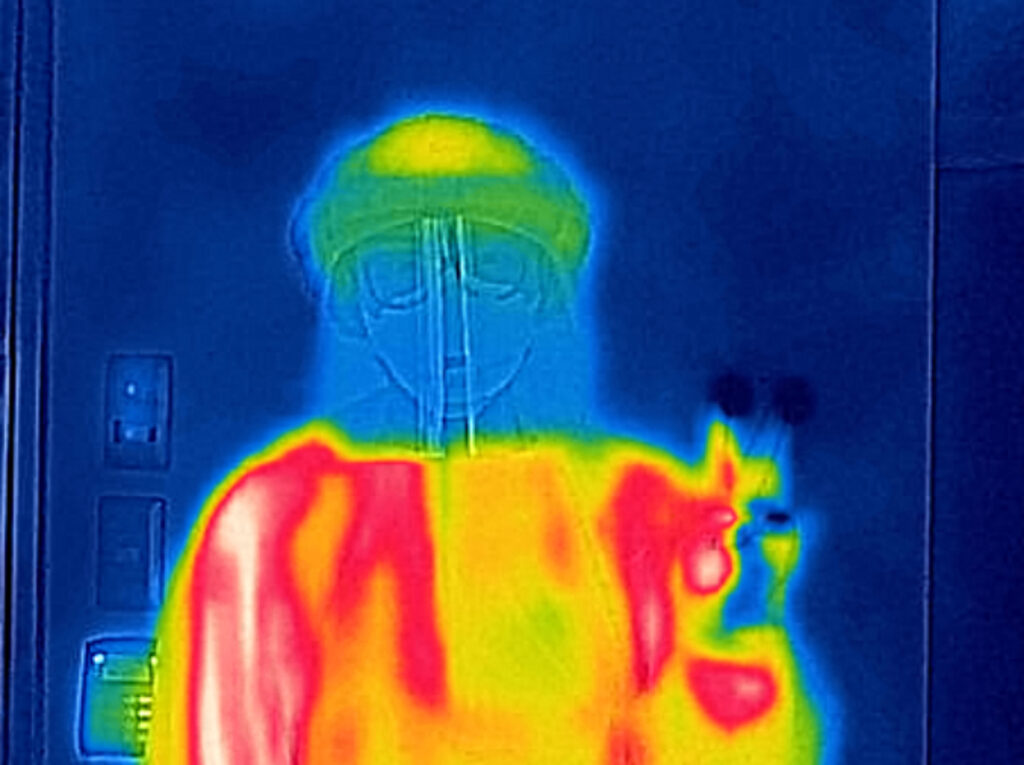
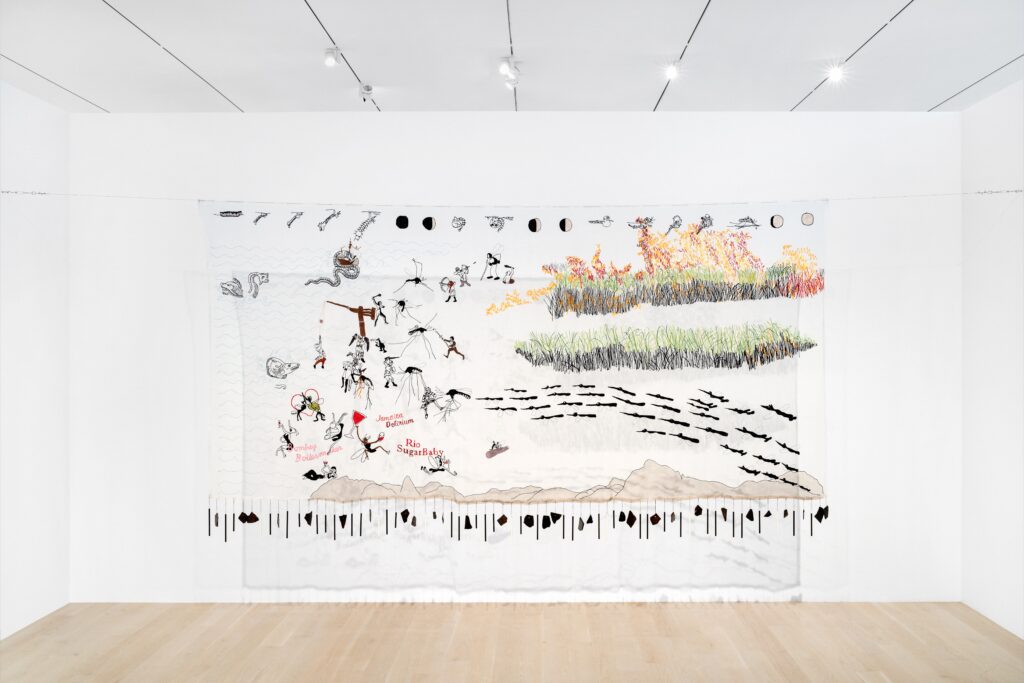
Every age has its signature afflictions, and each affliction has its architecture. The age of bacterial diseases,
particularly tuberculosis, gave birth to modern architecture in the early decades of the 20th century, to white buildings detached from the “humid ground where disease breeds,” as Le Corbusier put it. In the postwar years, attention shifted to psychological problems. The architect was often seen as a kind of shrink; the house not just a medical device for the prevention of disease, but for providing psychological comfort, or as Richard Neutra put it, “nervous health”. The twenty-first century is the age of neurological disorders, with depression, ADHD, borderline personality disorders, burnout syndrome, allergies, and “environmental hypersensitivity” defining the contemporary experience of architecture and the built environment.

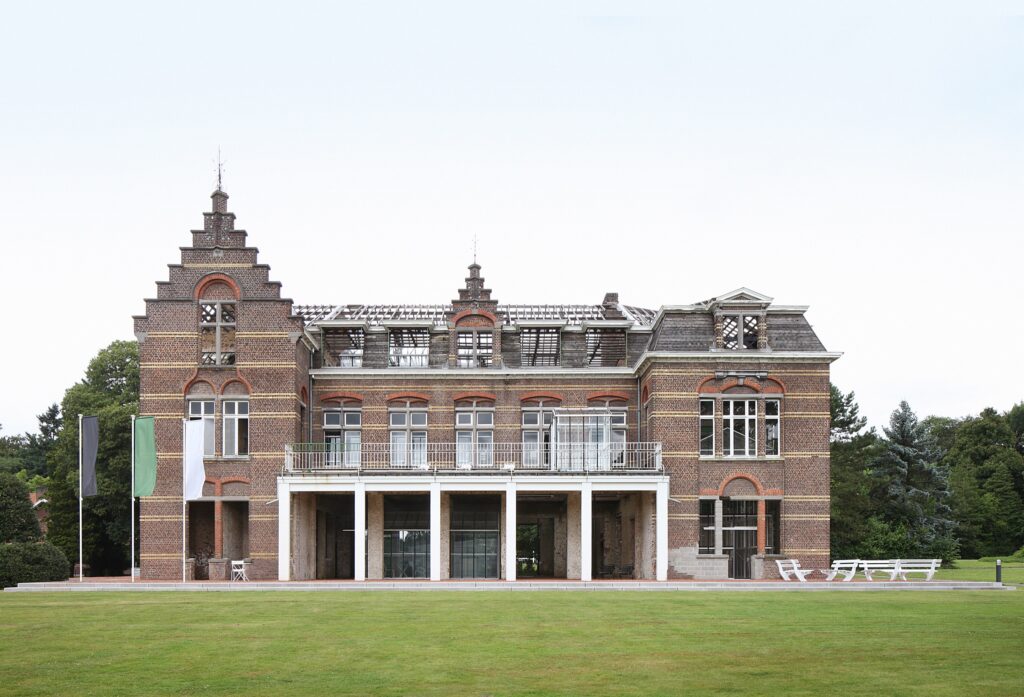
Meanwhile, pandemics have returned. COVID-19 is completely reshaping architecture and urbanism. The virus has exposed the structural inequities of race, class, and gender, provoking a call for social transformation and perhaps an architectural revolution. The exhibition offers a wider historical and conceptual frame for such conversations, with materials ranging from the historic quarantine architecture at Ellis Island and the old lazzaretto in Venice to modern architecture by Aino and Alvar Aalto and Henri Lacoste, 1960’s experiments by Hans Hollein and Coop Himmelb(l)au, as well as contemporary work by architects 51N4E, Elizabeth Diller, architecten jan de vylder inge vinck / Gideon Boie / Filip Dujardin, Andrés Jaque, artists Sammy Baloji, Mohammed Bourouissa, Vivian Caccuri, Goldin+Senneby and Ahmet Öğüt.
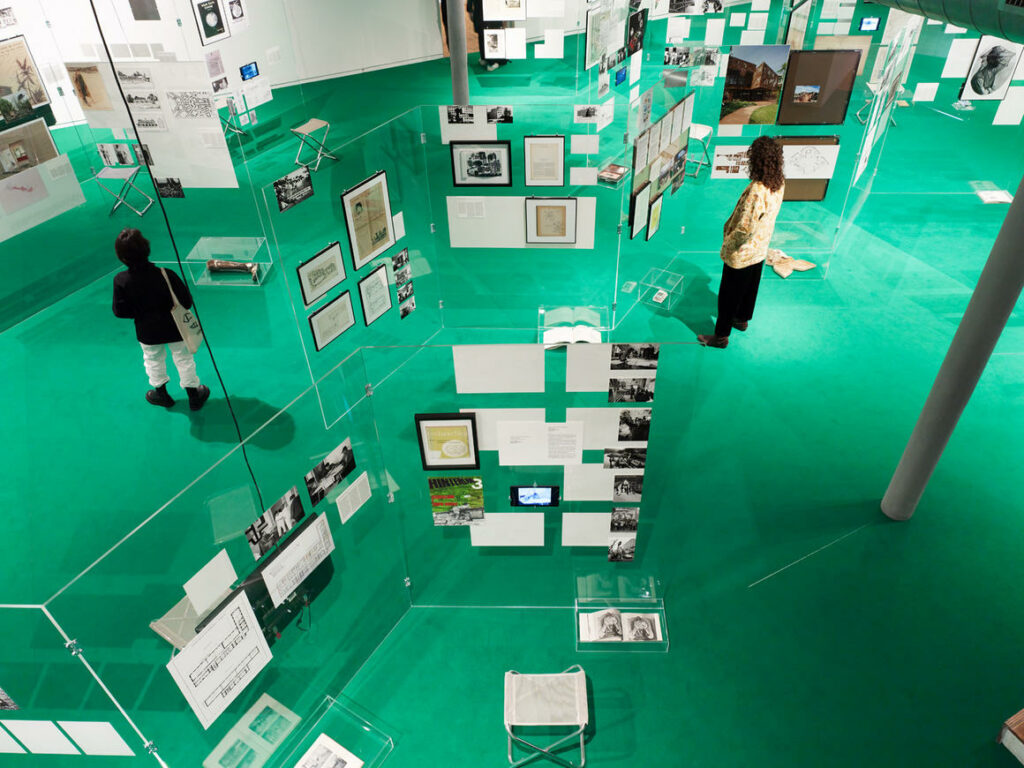
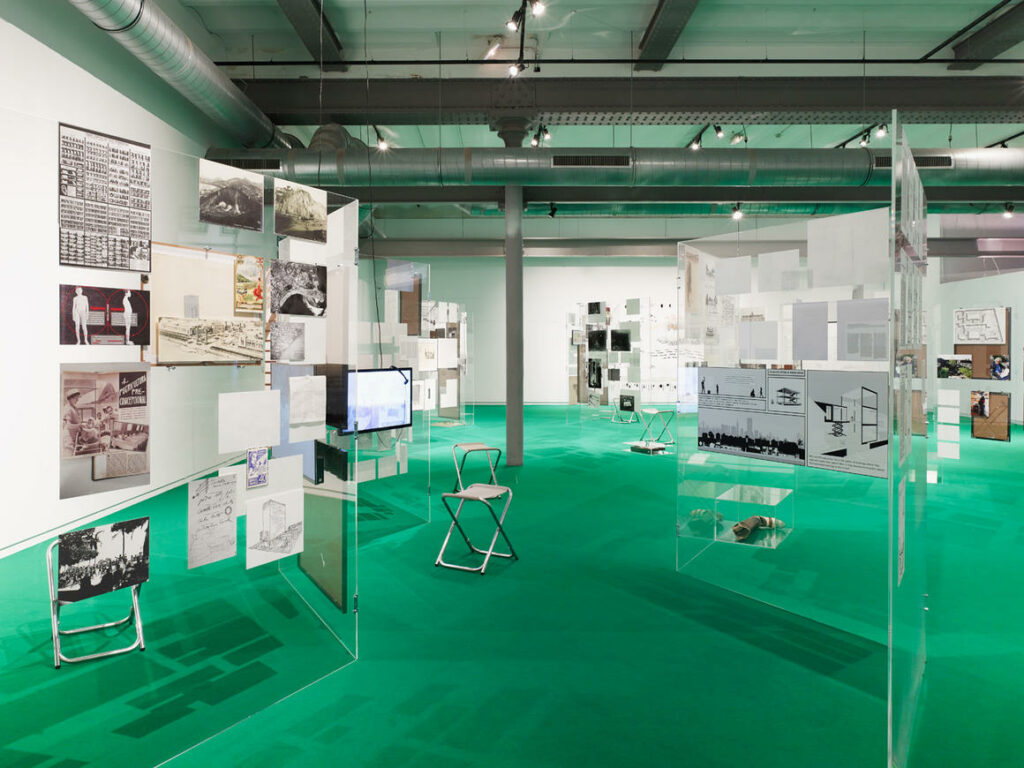
The exhibition is accompanied by an online publication series on e-flux Architecture whose first part was published in 2020 and whose second part will be published to coincide with the opening of the exhibition in May 2022. The essays include authors such as Edna Bonhomme, David Gissen, Brooke Holmes, Fabiola Lopez-Duran, Elizabeth Povinelli, Meredith TenHoor and Mark Wigley, as well as numerous Ph.D. students from Princeton University who have participated in Beatriz Colomina´s seminars on architecture and illness since 2019.

